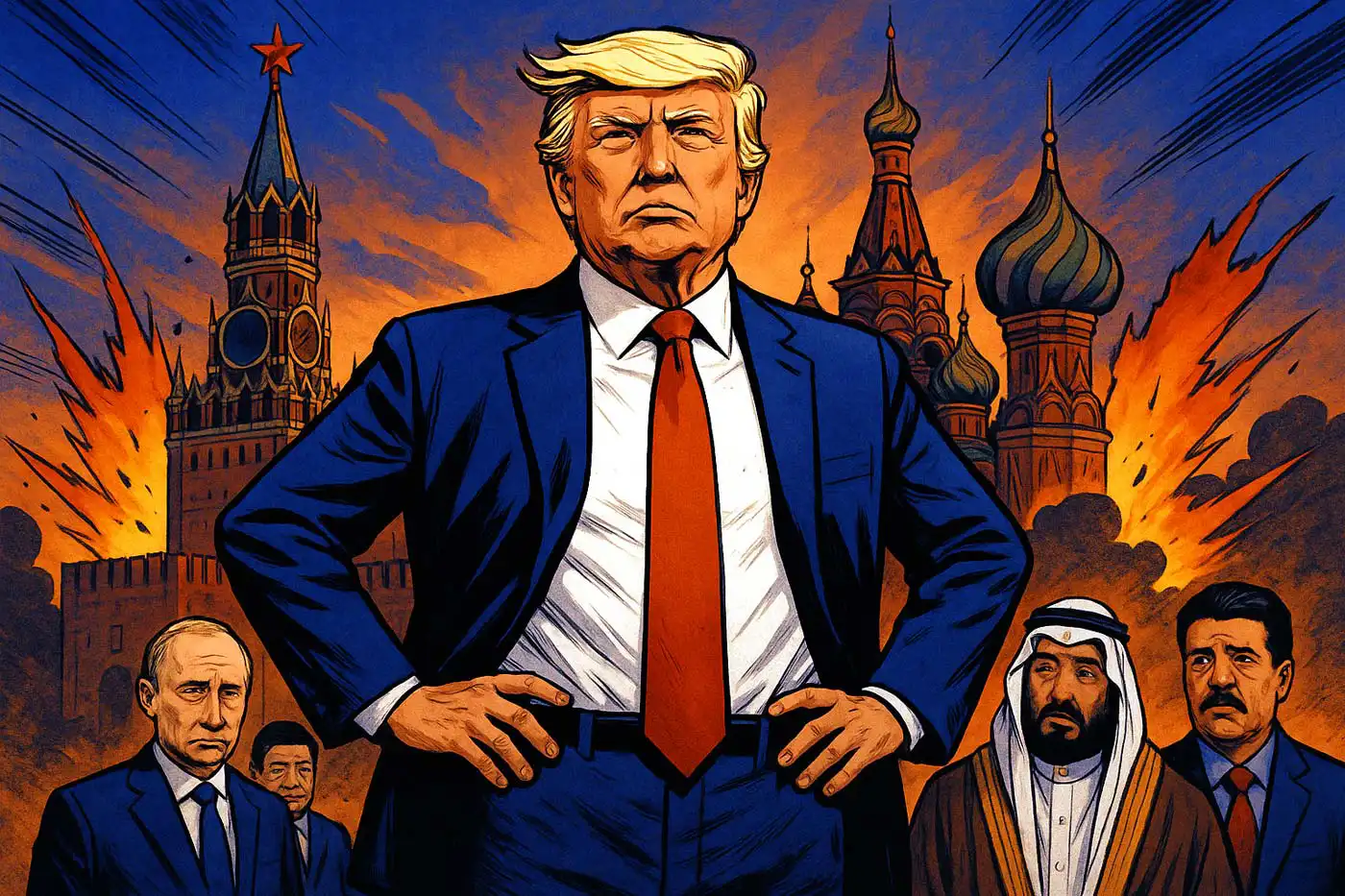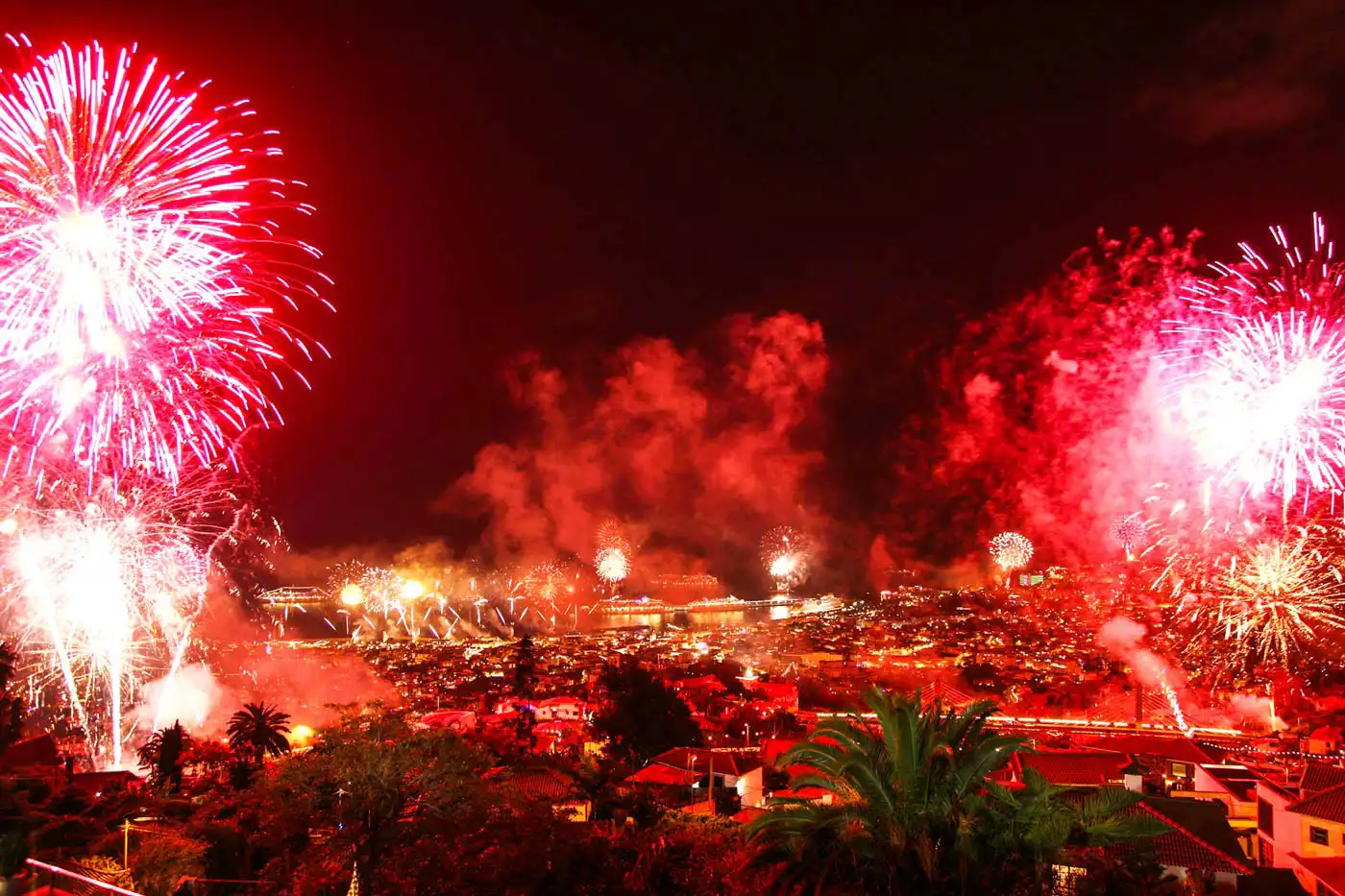Trump and Venezuela: The Global Contest
When Donald Trump talks about Venezuela, the tone is often sharp and personal. Yet behind the speeches is a colder calculation tied to oil, power, and the balance of the global energy market. The focus is not only Caracas. It also reaches Moscow, Beijing, Riyadh and even the refinery towns along the U.S. Gulf Coast. What looks like a regional crisis is part of a much wider global contest.
The version of events outlined by Trump supporters and opponents alike does not follow a single line. It mixes public claims about drugs and security with private concerns about crude oil and market access. Some of the loudest statements come from political-media commentary, not from official documents. But inside that noise are several claims that explain why Venezuela has taken center stage again in Washington.
Cartel de los Soles Labeled a “Terrorist Organization”
On Nov. 17, 2025, the United States government announced that the group known as the Cartel de los Soles would be listed as a terrorist organization. The label took effect on Nov. 24, according to U.S. officials.
The name is used to describe alleged links between parts of the Venezuelan military and large-scale drug trafficking. Some analysts say the term is more a political label than a structure like Mexico’s Sinaloa cartel. Still, the new legal status has real consequences.
Once a group is listed as terrorist, U.S. law allows wider options: charges are easier to bring, assets can be frozen more quickly, and military action can be framed as “counter-terror operations.” Critics argue that the step gives the White House a flexible legal path for force against Venezuelan officials, including President Nicolás Maduro. Supporters say it is needed to fight cocaine routes that run from South America through the Caribbean.
What matters most is not the label itself, but how Washington uses it. It gives Trump a public reason to speak about law enforcement and security even as other goals quietly shape policy.
August–November 2025 Caribbean Naval Buildup Centers on USS Gerald R. Ford
While legal steps were taken in Washington, U.S. warships assembled further south. By November 2025, the aircraft carrier USS Gerald R. Ford was operating in the Caribbean. U.S. officials said the deployment sent a message that narcotics traffic would not be ignored.
The scale, however, was notable. The group around the carrier included destroyers, aircraft and logistics ships. Reports from the region described about 15,000 U.S. personnel nearby, the largest American presence there since the invasion of Panama in 1989.
This show of force serves two purposes. First, it signals readiness to strike drug routes at sea. Second, it places pressure on the Venezuelan government at a moment when diplomacy appears stalled. Caracas responded by ordering high alert and by preparing the armed forces for internal defense, including militia units.
Military movement also adds urgency to talks that, according to several accounts, have continued quietly. Some reports suggest that Caracas has used offers of oil access as a bargaining chip to reduce pressure.
303 Billion Barrels: Venezuela’s Reserve Number Dwarfs Saudi Arabia and Russia
Venezuela’s strongest card is underground. According to figures cited by U.S. energy agencies, the country holds about 303 billion barrels of oil in proven reserves, the largest total in the world.
For years, this wealth has produced surprisingly little income. Engineering problems, lack of investment and sanctions have cut output to a fraction of past levels. While Saudi Arabia and Russia each sell tens or hundreds of billions of dollars in oil per year, Venezuela is said to bring in only a few billion.
This gap is the core of Trump’s interest. Opening those reserves to Western companies could change far more than Venezuela’s own economy. It could change global supply and world dynamics.
3 Million Barrels Per Day: Venezuela’s Output Two Decades Ago
Around 20 years ago, Venezuela pumped close to 3 million barrels of oil each day. That put it on the level of major Gulf states.
Returning to that scale would take years, even with outside help. Wells must be repaired, pipelines tested, ports repaired. But foreign oil companies already know the fields well. Some had large operations there before nationalization and sanctions.
Trump’s supporters argue that a political change in Caracas would open the way for a quick recovery. Critics reply that such forecasts underestimate damage to the oil sector and overestimate political calm after any transfer of power.
Still, the figure is a reminder: this is not a small producer. It is a sleeping giant in energy terms.
250,000 Barrels a Day After Chevron’s 2022 Limited Export License
One short-term test came in 2022, when the U.S. government allowed Chevron to resume limited work in Venezuela. The deal ended in 2025, but for a time it showed what might happen.
Exports from Venezuela to the United States quickly rose to about 250,000 barrels per day. The license was written so that the Venezuelan government gained little cash, but U.S. refiners gained needed crude.
For Trump’s allies in the oil industry, this was proof of a larger opportunity. If small legal openings led to such fast results, a full reset could reshape the market.
Reshaping World Order by Putting Pressure on Russia
Developments in Venezuela are also read through a Russian lens. In November 2025, Ukrainian forces struck several Russian refineries. One of them, in Ryazan, processed about 13.1 million tons of oil in 2024, or roughly 262,000 barrels a day, about five percent of Russia’s total refining output. After the strikes, production stopped.
Further attacks were also reported on facilities in Saratov, Volgograd, Ilsky and Orsk. Three of the five were shut down.
For energy traders, the meaning is clear: Russia’s ability to turn crude into fuel for sale has taken damage. If another large producer enters the market at the same time, Russian exports will face heavier pressure.
Gulf Coast Refineries Designed for “Heavy Sour Crude,” Not Shale Oil
Inside the United States, a technical detail shapes politics: many refineries along the Gulf Coast were built to handle heavy, sulfur-rich crude from abroad, especially from Venezuela.
At the same time, U.S. oil production today is largely light shale oil from fracking. That oil is harder to process in some older facilities. Running a refinery on the “wrong” kind of crude makes production less efficient.
Canadian imports partly fill the gap. So did Russian “Urals” blend before sanctions. Venezuelan oil, from the Orinoco Belt, fits especially well.
Restoring access would lower costs for refinery owners and increase output of fuels like diesel. For them, Venezuela is not a distant crisis. It is a supply problem close to home.
$445 Million in 2024: Oil and Gas Donors Dominate the Funding Map
Money also explains attention. During the 2024 election cycle, oil and gas interests spent more than $445 million on campaigns and lobbying on behalf of Trump and Republican candidates, according to compilation figures cited in U.S. media.
Among the largest donors named by watchdog groups were executives tied to drilling, pipelines and refining. Some seek lighter regulation inside the U.S. Others focus on imports that fit their plants best.
The policy goal is not simply “more oil.” It is the right oil, at the right price, from the right places.
1986 Oil Price Crash From $30 to Under $10 Caused Collapse of The Soviet Union
History guides strategy. In 1986, Saudi Arabia opened its taps. Oil prices fell from over $30 a barrel to below $10. For the Soviet Union, which depended on energy exports for more than half its foreign income, the loss was severe. Within five years, the state collapsed.
Trump advisers often compare today’s Russia to that era. They argue that cheap oil would make it harder for Moscow to finance war in Ukraine. It could get Trump closer to a peace deal with the Kreml.
Whether Venezuela alone could cause such a fall is debated. Markets are complex. Yet even a moderate drop would hurt exporters more than importers.
After Venezuela, Pressure Spreads to Russia, Saudi Arabia and China Alike
Put together, these elements show why Venezuela is more than a side issue.By pressing Caracas, Trump applies force to a weak link in the energy chain. If Venezuela opens, prices could sink. Russia would feel the loss.
Saudi Arabia would face budget strain. China, which relies heavily on imported fuel and rare metals, would see part of its influence fade if Washington reaches agreements with countries rich in raw materials.
For Trump, the strategy combines politics and commerce. Publicly, he talks about drugs, “terror” labels and borders. Privately, the deeper issue is access to resources and power over supply.
Venezuela is not just a country in trouble. It has become a key place in a global struggle where oil can be as important as military power.







Comments